Elizabeth Blackadder, who died last month at the age of 89, was probably the most distinctive botanical artist of our time. Her paintings of lilies and irises, of cats poking their heads imperiously between poppies and freesias, are more alive than any such chocolate-box description could convey. The first woman to be elected to both the Royal and the Royal Scottish academies, Blackadder showed that botanical painting did not need to be twee and parochial. It could be as vibrant and interesting as narrative.
The 15 artists and 19 photographers participating in this year’s Royal Horticultural Society exhibition at the Saatchi Gallery follow in Blackadder’s tradition. The Saatchi may not be the most obvious place to display their closely observed works from life, but then, it is in Chelsea, and the two week-long exhibition is timed to coincide with the Chelsea Flower Show just around the corner. Where the garden show, postponed from May, is a celebration of early autumn colour, the art show offers an understated yet strangely fortifying snapshot of the gardener’s year through the seasons.
The two branches, painting and planting, are closely entwined. The botanical artist is often also the gardener, the grower, the manipulator of the specimen they intend to transfer to paper. Derbyshire-based artist Bernard F. Carter planted his splendid tulips in containers to control their growth before choosing his moment to paint them. Hideko Kamoshita, of Tokyo, spent four years cultivating yams before ending up with anything worthy of her pencil. Once a plant is in flower, it is a race against time to capture it before its petals crumple and brown.
While some artists seek the optimum moment to pounce — photographer Shelley Lawrence Kirkwood has shot a morning glory in near-bursting bud, twisting, more plastic than organic against a solid black background — others are more interested in the life cycle and mutation. Artist Francesca Ross’s watercolours show the development of the tomato from flower to bulbous bell or ball, sliced through the middle, seeds suspended like eyes in the jelly-like flesh.
The artists selected for the exhibition are judged in the same way as the gardeners at the flower show, with those deemed the best receiving gold or silver gilt medals for their work, and the next best silver and bronze. Gold-medal winning exhibits are sometimes added to the RHS Lindley Library, an archive of thousands of drawings dating back half a millennium. While it’s true that the most perfect — and perfectly copied — flowers don’t always make the most interesting drawings (some of the more memorable studies are of plants in the process of decay) these serve the purpose of preservation for future botanists to consult and compare with emerging species. This is art as record-keeping.
That is not to say that the works are devoid of expression. As Elizabeth Blackadder once wrote: ‘The shape of the spaces between the flowers is… nearly as important as the flowers themselves.’ Much of the interest lies in the composition. An artist painting broad beans might depict the plant from one perspective and the opened pods from another beside it. Setting a bird’s-eye view of fruit beside a portrait of the tree it came from presents challenges of scale as well as placement on the page.
While there’s nothing quite as gutsy as Blackadder’s exquisitely positioned ‘Tulips’ on these walls, there is dynamism, and the sort of negative space that compels you to draw closer. Toni Dade’s pomegranates dangle off branches that arc across the paper like a cupid’s bow and arrows. Francesca Wilkinson’s very striking cycle of cyclamen giclée prints — also awarded a gold medal — play with the ambiguity between space and shadow. Her shining white flowerheads often appear to float in the darkness, while the stems emerge from the root balls beneath, glowing pink like earthworms.
You can’t help but be impressed by the sheer patience of the botanical artist. All the waiting and watching, then scrutinising of near microscopic detail is done in the interest of preserving something that will die before anyone else can see it. There’s something very journalistic about this. The completed work, like specialist reportage, must be precise enough to be trusted as a faithful and authoritative account in generations to come, but at the same time engaging enough to make the contemporary gallery-goer pause and reconsider what something as commonplace as a tomato actually looks like. What skill there is in finding that balance.
Got something to add? Join the discussion and comment below.
Get 10 issues for just $10
Subscribe to The Spectator Australia today for the next 10 magazine issues, plus full online access, for just $10.
You might disagree with half of it, but you’ll enjoy reading all of it. Try your first month for free, then just $2 a week for the remainder of your first year.

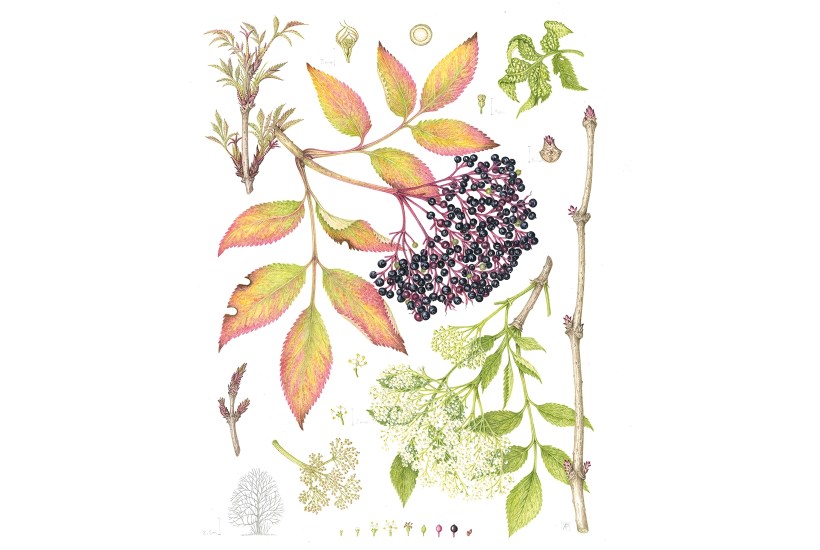
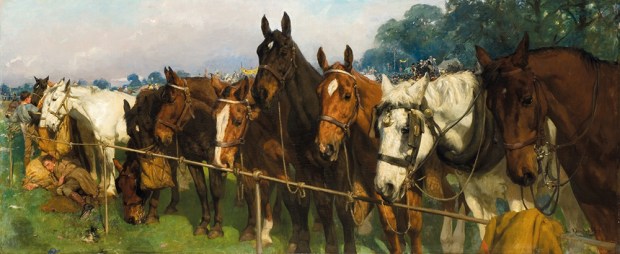
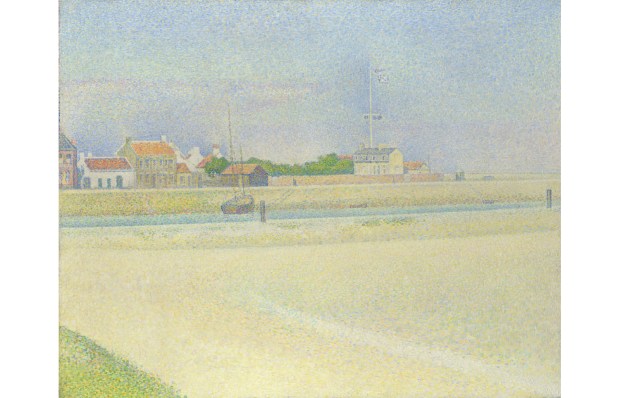
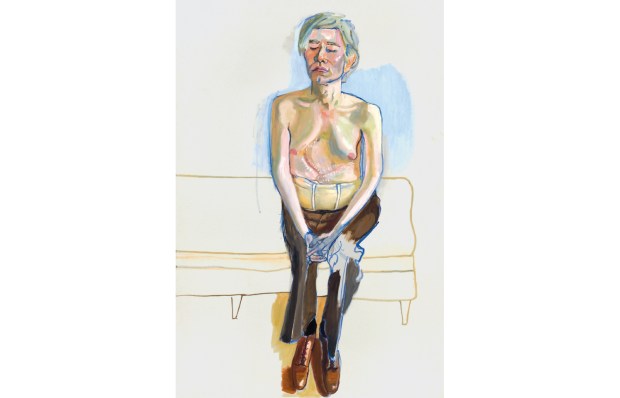
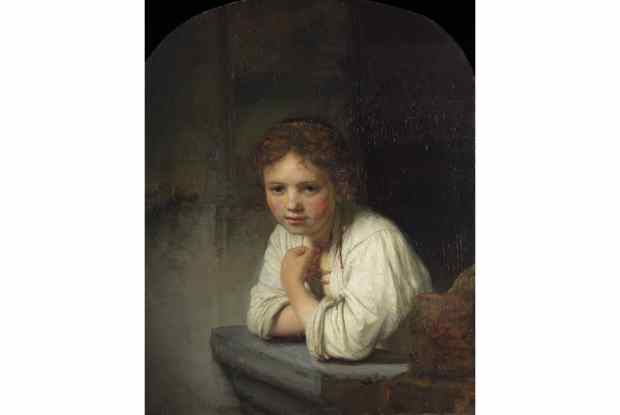








Comments
Don't miss out
Join the conversation with other Spectator Australia readers. Subscribe to leave a comment.
SUBSCRIBEAlready a subscriber? Log in